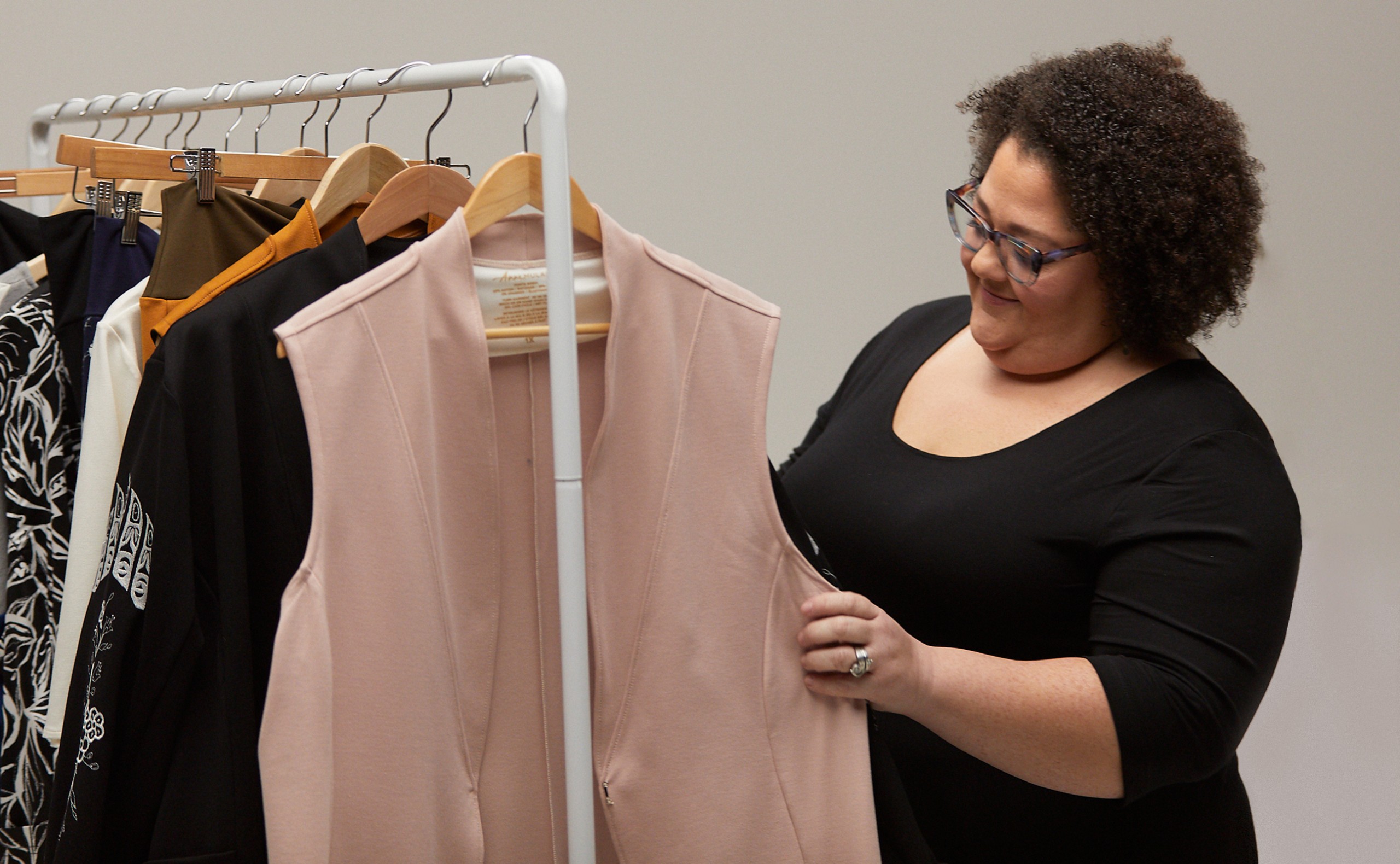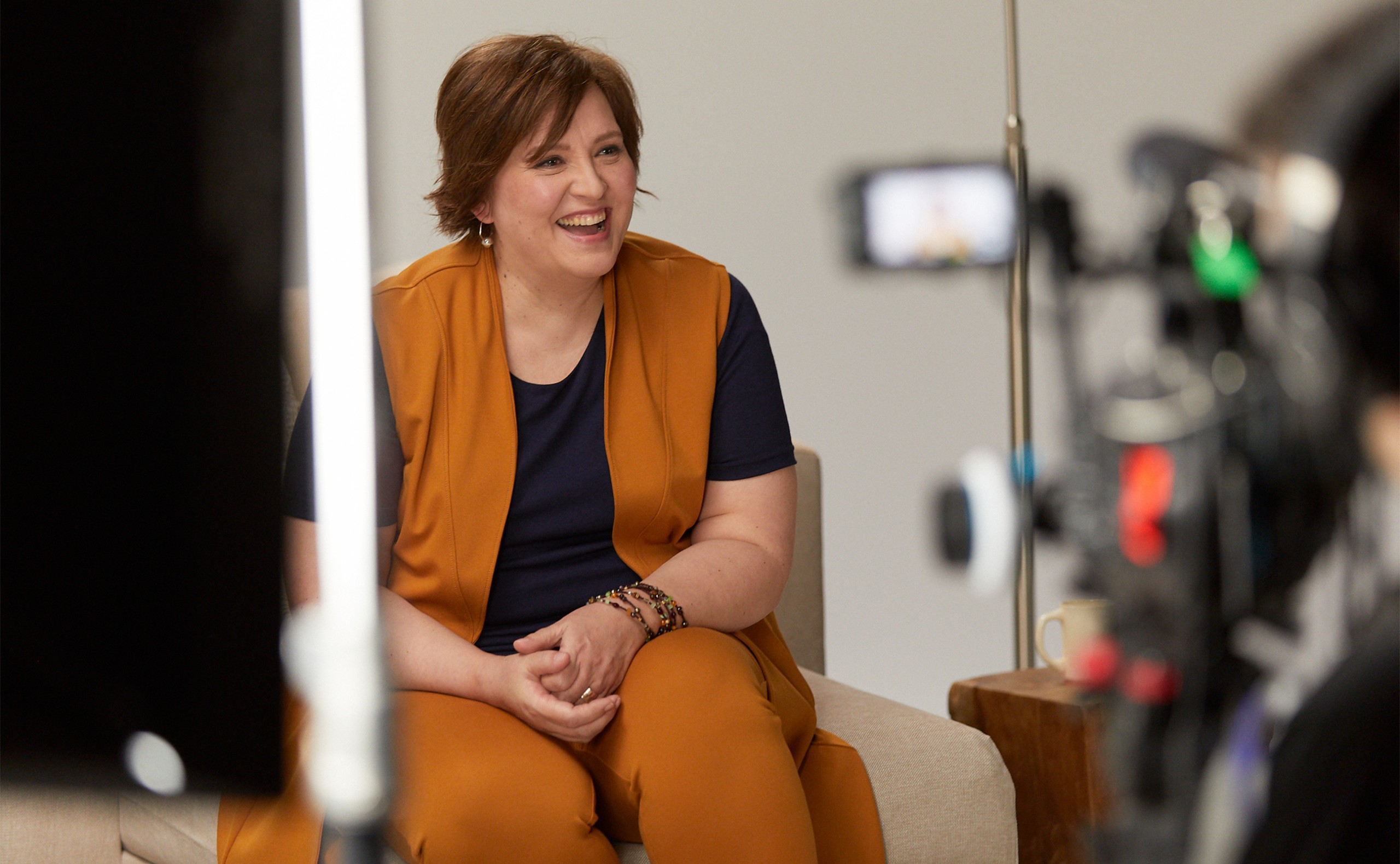Fashion brands that are truly sustainable by offering inclusive sizing options in their lines are also doing size-inclusive marketing right, so we should be looking to them for best practices. Not only are they ensuring representation, they have found authentic ways to engage and create a platform for the plus-size community.
Anne Mulaire, for example, doesn't create a separate line for larger sizes. Every item in their collection is available in sizes XS to 6X, so people of practically any size can enjoy their fashions. The women modelling their fashions in their online shop have a range of body types, from slim to athletic to plus size. But we also created a campaign video to highlight their move to being truly size inclusive. In other words, they're combining inclusion across the board, with authentic advocacy where it's warranted.
In every campaign, marketing agencies and brands should be asking a few key questions:
Size-inclusive fashion brands understand the importance of a full, inclusive range of clothing options and speak to their audience in a way that is welcoming, encouraging and empowering, and all brands and marketers can learn from their successes.






